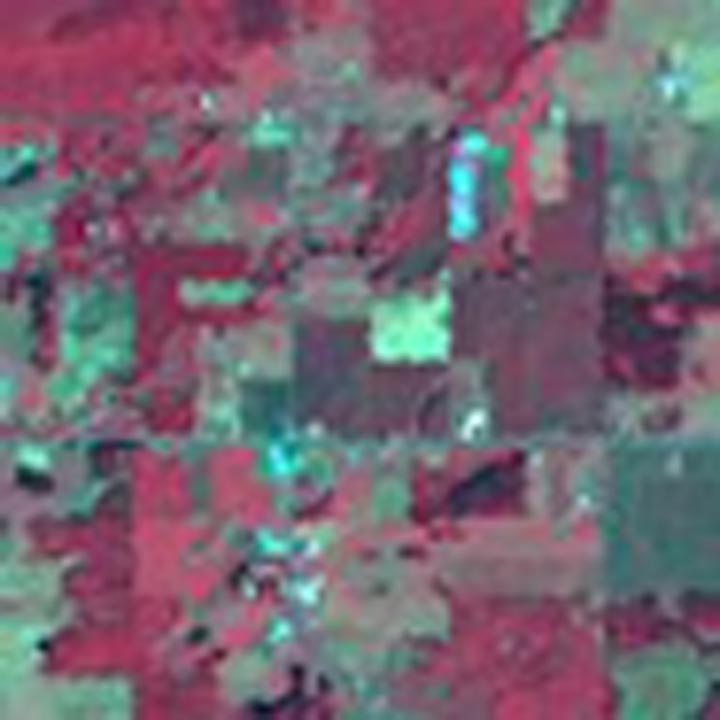Projects > Media Annotation

( riemann.ist.psu.edu/IMAGE, www-db.stanford.edu/IMAGE )
 Inspired by the fact that the Riemann
Hypothesis remains as one of the most important unsolved problems
in mathematics, the RIEMANN group attempts to address the problem of
intelligent media annotation, one of the most important unsolved
problems in computer and information sciences.
Inspired by the fact that the Riemann
Hypothesis remains as one of the most important unsolved problems
in mathematics, the RIEMANN group attempts to address the problem of
intelligent media annotation, one of the most important unsolved
problems in computer and information sciences.
Various projects that lay within media annotation (demos on more than 200,000 images).

a-LIPAutomatic Linguistic Indexing of Picturesa-LIP annotates images based on 600 trained concepts. |

SIMPLIcitySemantics-sensitive Integrated Matching for Picture LIbraries (SIMPLIcity) is a content-based image search engine. Instead of searching for images based on keywords, the user first selects or inputs an image and then the system produces images from the database that have similar characteristics. |

Art and Cultural HeritagesThis project focuses on the preservation, retrieval, and dissemination of digital imagery for Asian art and cultural heritages. |

Story Picturing EngineThe story picturing engine automatically illustrates a story by attaching images to keywords in the story. |

Satellite ImageryThe Satellite Imagery project aims at distinguishing certain characteristics of a satellite image and has impacts on many contexts including the military/security agencies and environmentalists. |

Virtual MicroscopeThis system provides progressive zooming of very large images using wavelets. |

CLUECluster-based image retrevalThe Cluster-based Image Retrieval system bases its results on many different semantics that the computer finds similar between the original set of images. |

WIPEWavelet Image Pornography Elimination / DetectionThe Wavelet Image Pornography Elimination (WIPE) filter tells the user the level of indication that an image is objectionable. The results are based on the image's pixels. |

UFMUnified Feature Matching (UFM)A content-based image retrieval system similar to SIMPLIcity, UFM uses a fuzzy matching technique as an alternative to IRM. |
Some Real-world Applications of Our Research
|
1. terragalleria.com:
a fabulous site with more than 10,000 high quality photos taken by Q.-T. Luong. Try the following SIMPLIcity queries: |
||||
|
2. Airliners.net:
A site with almost 1,000,000 aviation images. (try a SIMPLIcity search: query 1, query 2, query 3) (Info: . external query, user comments) | ||
|
3. Mindat.org:
A site with some 50,000 images of minerals. (try a SIMPLIcity search: query 1, query 2, query 3 ) |


|


|
NOTE: If you run an online community site and would like to use SIMPLIcity for free to manage your images by visual similarity, please contact us at jwang @ ist.psu.edu to obtain a copy.
Intelligent Media Annotation
The broad heading of Intelligent Media Annotation covers projects that include studies on content-based image search, automatic learning-based linguistic indexing of pictures, and various ways to browse a large collection of images. The projects in the tables above explore these different areas. Media Annotation is a way for systems to recognize the content of images so that it may categorize, compare, or annotate images so that a user may manipulate the information. These developing systems are advanced because they get progressively better at their task. This makes them learning-based systems. For example, instead of learning that picture A is a person, it learns the characteristics make up a picture with a person contained therein. This allows the system to apply concept of "person" to any picture with those characteristics.
Project Heads
The project is headed by Prof. James Z. Wang (jwang @ ist.psu. edu) and Prof. Jia Li (jiali @ stat.psu. edu) of The Pennsylvania State University. Some research projects were started when they were with the Database group, Information Systems Lab, and the Biomedical Informatics program of Stanford University. This content-based image search and automatic learning-based linguistic indexing project was started in 1995 when James developed an art image retrieval system for the Stanford University Libraries. He has later worked for the IBM QBIC project, the NEC AMORA project, and the AI Center of SRI International. From 1999 to 2000, their research was funded by the National Science Foundation (NSF) under the TID project. The technology research has been continued at Penn State University since 2000, with partial funding from NSF, PNC Foundation, and SUN Microsystems. If you have any questions or comments about the image retrieval project, or if you are interested in using SIMPLIcity, please send an email message.
Project Background
This content-based image search and automatic learning-based linguistic indexing project was started in 1995 when James developed an art image retrieval system for the Stanford University Libraries. He has later worked for the IBM QBIC project, the NEC AMORA project, and the AI Center of SRI International. From 1999 to 2000, their research was funded by the National Science Foundation (NSF) under the TID project. The technology research has been continued at Penn State University since 2000, with partial funding from NSF, PNC Foundation, and SUN Microsystems. If you have any questions or comments about the image retrieval project, or if you are interested in using SIMPLIcity, please send an email message.
Related Publications
A full list of the main related publications can be found here.
- James Z. Wang, Jia Li and Gio Wiederhold, ``SIMPLIcity: Semantics-Sensitive Integrated Matching for Picture Libraries,'' IEEE Transactions on Pattern Analysis and Machine Intelligence, vol. 23, no. 9, pp. 947-963, 2001. (download)
- Jia Li and James Z. Wang, ``Automatic Linguistic Indexing of Pictures by a Statistical Modeling Approach,'' IEEE Transactions on Pattern Analysis and Machine Intelligence, vol. 25, no. 9, pp. 1075-1088, 2003. (download)